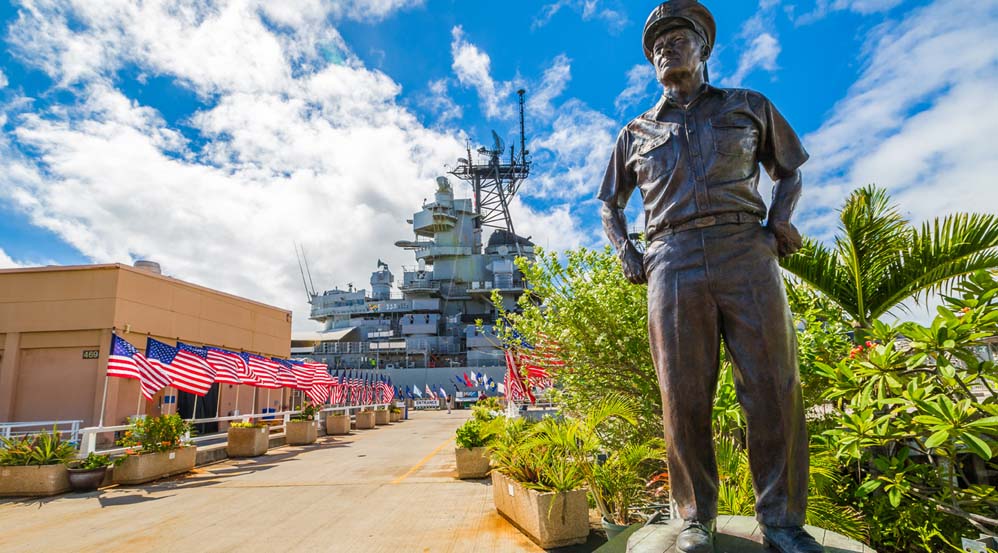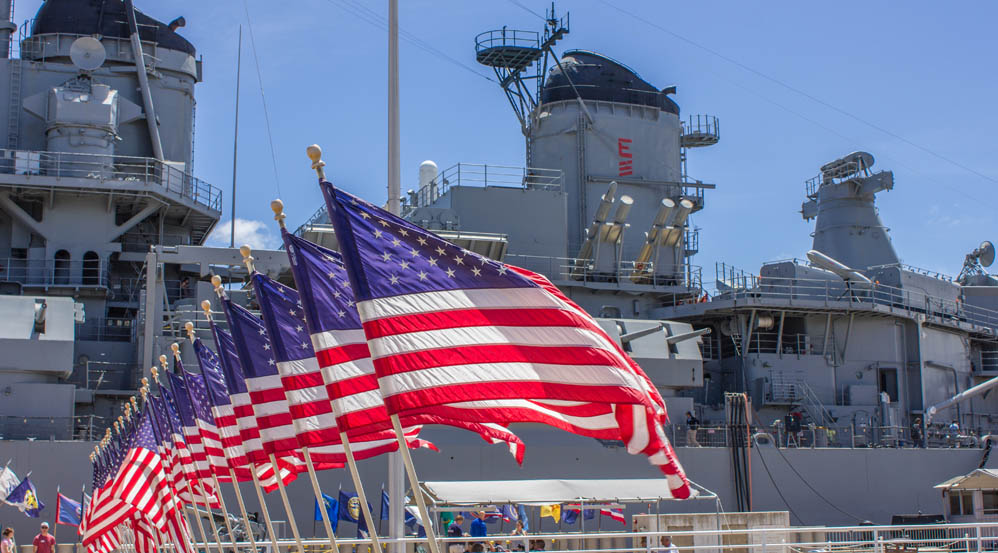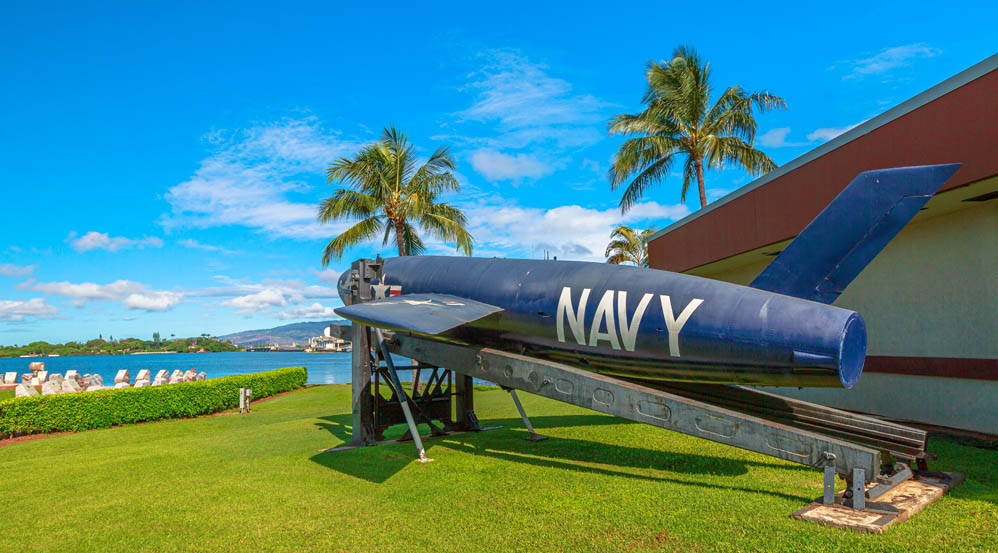- January 22, 2025
- Hawaiian Marine History
- The History and Current State of Pearl Harbor Naval Base
Pearl Harbor Naval Base, located on the island of Oahu in Hawaii, is one of the most historically significant military installations in the United States. Known for its pivotal role in World War II, Pearl Harbor continues to serve as a cornerstone of U.S. naval operations in the Pacific. Let’s explore the rich history and current state of the Pearl Harbor Naval Base as a modern naval hub.

Historical Background
Early Years
Originally a natural harbor used by native Hawaiians, Pearl Harbor became a point of strategic interest in the late 19th century. In 1887, the United States secured exclusive rights to develop the harbor as a coaling and repair station through a treaty with the Hawaiian Kingdom. Following the annexation of Hawaii in 1898, Pearl Harbor was established as a U.S. naval station.
Attack on Pearl Harbor
The most defining moment in the base’s history occurred on December 7, 1941, when the Imperial Japanese Navy launched a surprise attack. The assault resulted in the destruction of numerous ships, including the USS Arizona and USS Oklahoma, and the loss of over 2,400 American lives. This event propelled the United States into World War II and transformed Pearl Harbor into a symbol of American resilience and determination.
Post-War Developments
In the decades following World War II, Pearl Harbor evolved into a key facility for U.S. naval operations in the Pacific. Its strategic location made it a hub for logistics, training, and forward-deployed forces during the Cold War and subsequent conflicts in Asia and the Middle East.

Current State
Strategic Importance
Today, Pearl Harbor is part of Joint Base Pearl Harbor-Hickam, a combined Navy and Air Force installation that underscores the military’s emphasis on joint operations. The base remains a vital asset for maintaining stability and security in the Indo-Pacific region.
Modern Facilities
Pearl Harbor’s facilities have been modernized to support a wide range of operations:
- Shipyard Operations: The Pearl Harbor Naval Shipyard is a critical maintenance and repair facility for submarines and surface ships, ensuring fleet readiness.
- Submarine Base: The base hosts a significant portion of the U.S. Pacific Fleet’s submarine force, including nuclear-powered attack submarines.
- Training and Logistics: Pearl Harbor provides extensive training programs and logistical support, enhancing the Navy’s operational capabilities.
Commemoration and Tourism
Pearl Harbor is also a site of remembrance, attracting millions of visitors annually. The Pearl Harbor National Memorial, which includes the USS Arizona Memorial, honors those who lost their lives in the 1941 attack and educates the public about the event’s historical significance.

Challenges and Future Outlook
As a critical military asset, Pearl Harbor faces challenges such as maintaining infrastructure, addressing environmental concerns, and adapting to evolving security threats. However, ongoing investments and strategic planning ensure its continued relevance in the 21st century.
Pearl Harbor Naval Base is more than a historical landmark; it is a living testament to the resilience of the United States and a key player in ensuring global maritime security. From its tragic past to its pivotal role in modern military strategy, Pearl Harbor remains an enduring symbol of vigilance, sacrifice, and strength.
